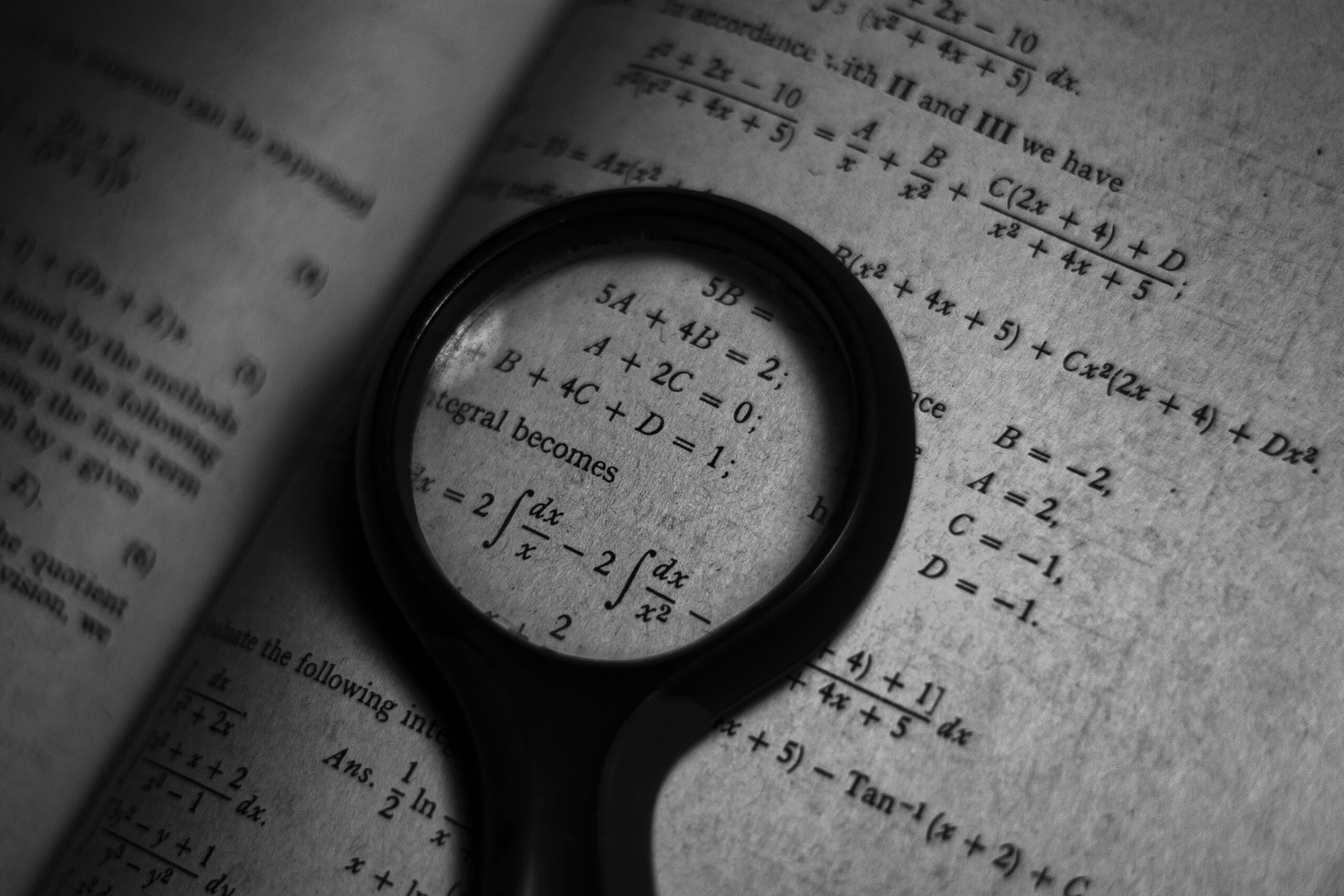Mathematics, often referred to as the universal language, has been a subject of immense fascination and exploration throughout history. The contributions made by different civilizations have played a significant role in shaping the field of mathematics as we know it today. Among the various cultures that have made notable contributions, Indian mathematicians have left an indelible mark on the development and advancement of mathematical concepts and theories. In this article, we will explore the gifts to mathematics by Indians, highlighting the achievements and groundbreaking discoveries that have enriched this field.

The Concept of Zero:
One of the most significant contributions by Indian mathematicians to the world of mathematics is the concept of zero. The concept of zero as a numerical digit revolutionized the entire number system and laid the foundation for advanced mathematical calculations. The concept of zero was first introduced by Indian mathematicians around the 5th century CE, as evident in ancient Indian texts such as the Brahmasphutasiddhanta by Brahmagupta. This breakthrough discovery transformed mathematics by introducing a placeholder for an empty value and enabled the development of decimal notation, algorithms, and the fundamental operations of arithmetic.

Decimal System and Place Value Notation:
Indian mathematicians also made significant contributions to the development of the decimal system and place value notation. The decimal system, based on the number 10, is widely used across the world today. Indian mathematicians recognized the importance of positional notation, where the value of a digit depends on its position within a number. The use of decimal fractions, as described in ancient Indian texts like the Shulba Sutras, showcased the sophistication and accuracy of the Indian mathematical system. This breakthrough enabled precise calculations and made complex mathematical operations more manageable.

Trigonometry and Trigonometric Functions:
Indian mathematicians also made notable contributions to the field of trigonometry. The ancient text called the Surya Siddhanta, written in the 5th century CE, contains detailed trigonometric calculations and formulas. Indian mathematicians introduced trigonometric functions such as sine, cosine, and tangent, which are still widely used in various fields of mathematics, physics, and engineering. These functions played a crucial role in astronomical calculations, navigation, and the measurement of angles and distances.

Algebraic Concepts and Equations:
Indian mathematicians made significant advancements in algebra, introducing algebraic concepts and solving complex equations. The mathematician Brahmagupta, in his work Brahmasphutasiddhanta, provided solutions to various algebraic equations, including quadratic and linear equations. Indian mathematicians also developed methods for solving systems of linear equations and made significant progress in the field of indeterminate equations.

Mathematical Treatises and Texts:
Indian mathematicians produced numerous mathematical treatises and texts that preserved and disseminated their knowledge. One of the most renowned texts is the ancient mathematical treatise called the Aryabhatiya, written by Aryabhata in the 5th century CE. This text covers a wide range of mathematical topics, including arithmetic, algebra, trigonometry, and astronomy. Other notable works include the Lilavati by Bhaskara II and the Siddhanta Shiromani by Bhaskara II and Bhaskara III. These texts not only contained mathematical concepts and formulas but also provided practical applications and problem-solving techniques.
In conclusion, the contributions made by Indian mathematicians have left an indelible mark on the field of mathematics. Their discoveries and advancements in concepts such as zero, decimal notation, trigonometry, algebra, and mathematical treatises have shaped the way we understand and apply mathematics today. The enduring legacy of Indian mathematicians stands as a testament to their intellectual prowess and serves as a reminder of the universal nature of mathematical knowledge. We owe a debt of gratitude to these remarkable individuals whose contributions continue to inspire and guide mathematicians and scientists around the world.






